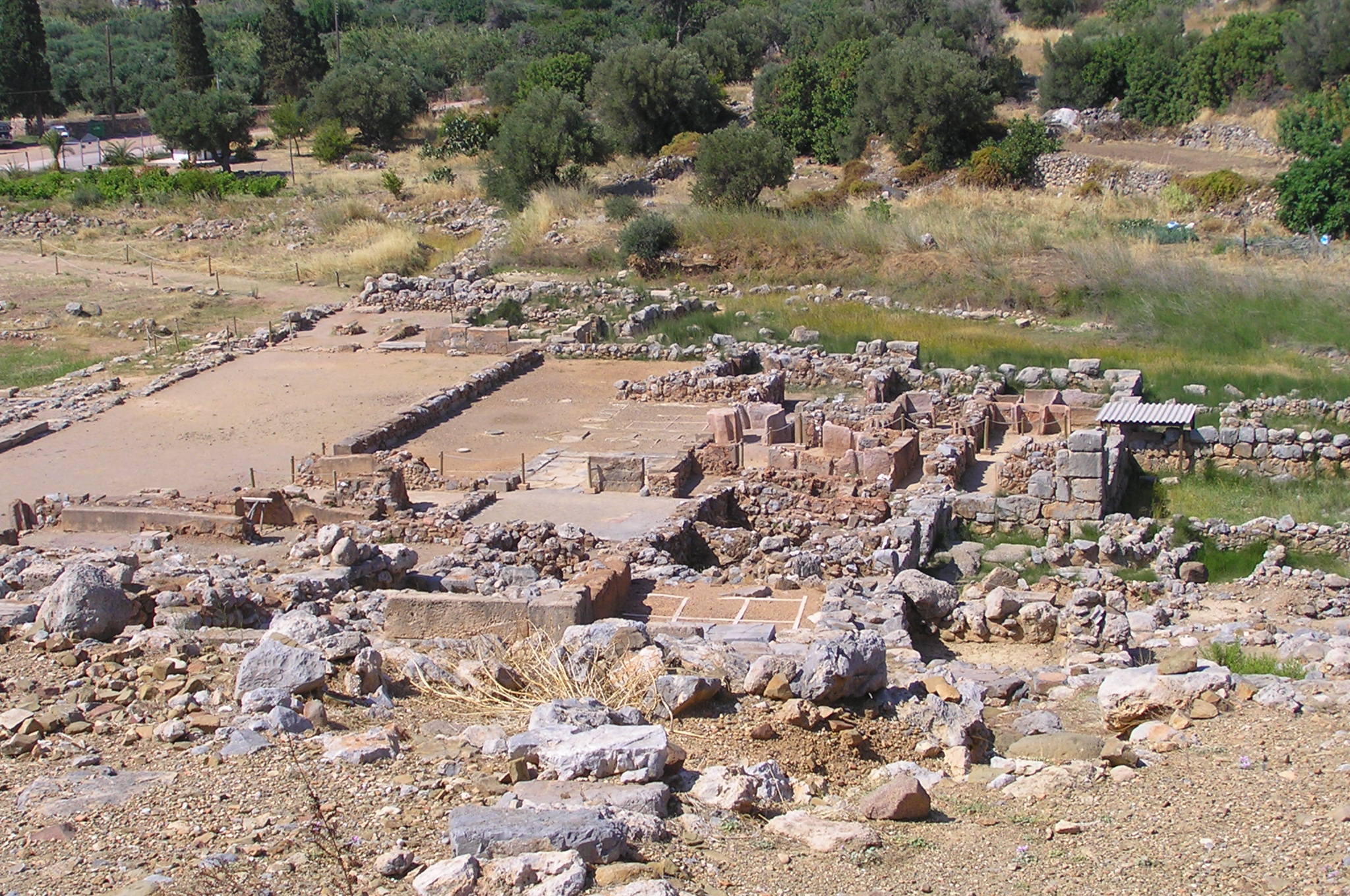|
Zakros
Zakros ( el, Ζάκρος; Linear B: zakoro) is a site on the eastern coast of the island of Crete, Greece, containing ruins from the Minoan civilization. The site is often known to archaeologists as Zakro or Kato Zakro. It is believed to have been one of the four main administrative centers of the Minoans, and its protected harbor and strategic location made it an important commercial hub for trade to the east. Flinders Petrie related Zakro with Tjeker of the Sea Peoples. The town was dominated by the Palace of Zakro, originally built around 1900 BC, rebuilt around 1600 BC, and destroyed around 1450 BC along with the other major centers of Minoan civilization. Extensive ruins of the palace remain, and are a popular tourist destination. Geography Zakros is sometimes divided into ''Epano Zakros'' (''Upper Zakros''), the portion higher up on the hillside, and ''Kato Zakros'' (''Lower Zakros''), the part near the sea. A ravine known as the "Ravine of the Dead" runs through both the ... [...More Info...] [...Related Items...] OR: [Wikipedia] [Google] [Baidu] |
Minoan Sites In Crete
The Minoan civilization was a Bronze Age Aegean civilization on the island of Crete and other Aegean Islands, whose earliest beginnings were from 3500BC, with the complex urban civilization beginning around 2000BC, and then declining from 1450BC until it ended around 1100BC, during the early Greek Dark Ages, part of a wider bronze age collapse around the Mediterranean. It represents the first advanced civilization in Europe, leaving behind a number of massive building complexes, sophisticated art, and writing systems. Its economy benefited from a network of trade around much of the Mediterranean. The civilization was rediscovered at the beginning of the 20th century through the work of British archaeologist Sir Arthur Evans. The name "Minoan" derives from the mythical King Minos and was coined by Evans, who identified the site at Knossos with the labyrinth of the Minotaur. The Minoan civilization has been described as the earliest of its kind in Europe, and historian Will Dur ... [...More Info...] [...Related Items...] OR: [Wikipedia] [Google] [Baidu] |
Minoan Civilization
The Minoan civilization was a Bronze Age Aegean civilization on the island of Crete and other Aegean Islands, whose earliest beginnings were from 3500BC, with the complex urban civilization beginning around 2000BC, and then declining from 1450BC until it ended around 1100BC, during the early Greek Dark Ages, part of a wider bronze age collapse around the Mediterranean. It represents the first advanced civilization in Europe, leaving behind a number of massive building complexes, Minoan art, sophisticated art, and writing systems. Its economy benefited from a network of trade around much of the Mediterranean. The civilization was rediscovered at the beginning of the 20th century through the work of British archaeologist Sir Arthur Evans. The name "Minoan" derives from the mythical Minos, King Minos and was coined by Evans, who identified the site at Knossos with the labyrinth of the Minotaur. The Minoan civilization has been described as the earliest of its kind in Europe, and his ... [...More Info...] [...Related Items...] OR: [Wikipedia] [Google] [Baidu] |
Linear A
Linear A is a writing system that was used by the Minoans of Crete from 1800 to 1450 BC to write the hypothesized Minoan language or languages. Linear A was the primary script used in palace and religious writings of the Minoan civilization. It was succeeded by Linear B, which was used by the Mycenaeans to write an early form of Greek. It was discovered by archaeologist Sir Arthur Evans. No texts in Linear A have yet been deciphered. The term ''linear'' refers to the fact that the script was written using a stylus to cut ''lines'' into a tablet of clay, as opposed to cuneiform, which was written by using a stylus to press ''wedges'' into the clay. Linear A belongs to the group of scripts that evolved independently of the Egyptian and Mesopotamian systems. During the second millennium BC, there were four major branches: Linear A, Linear B, Cypro-Minoan, and Cretan hieroglyphic. In the 1950s, Linear B was deciphered as Mycenaean Greek. Linear B shares many ... [...More Info...] [...Related Items...] OR: [Wikipedia] [Google] [Baidu] |

.jpg)